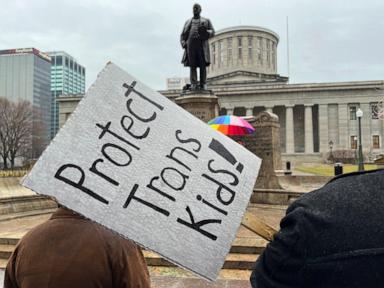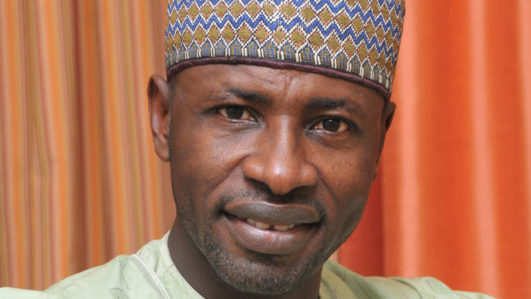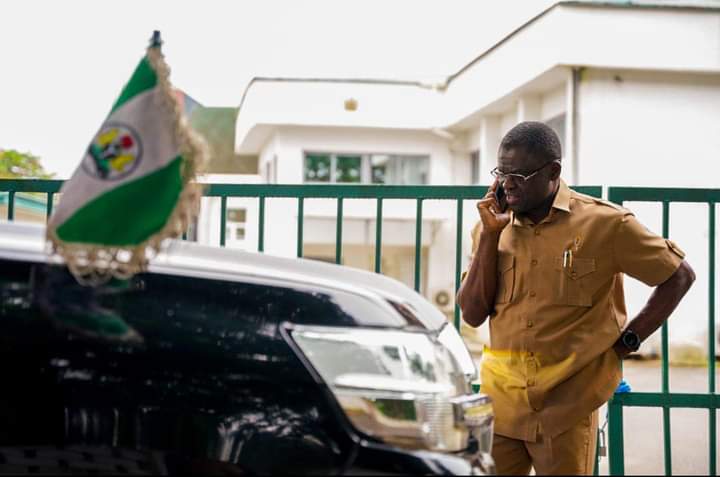
First Reading is a daily newsletter keeping you posted on the travails of Canadian politicos, all curated by the National Post’s own Tristin Hopper. To get an early version sent directly to your inbox, sign up here . As Prime Minister Justin Trudeau faces down the most concerted attempt yet to oust him from party leadership, the process is mostly serving to reveal the overwhelming power of a Liberal leader to quell dissent.
There is no mechanism to remove an unpopular Liberal leader, and with Trudeau exercising a near-unprecedented level of control over the current caucus, any dissent has largely been reduced to anonymous whisper campaigns. After rumours that Trudeau would be presented with a petition signed by as many as 40 Liberal MPs calling for his ouster, he was reportedly given a document stripped of any signatories whatsoever . Meanwhile, a different petition is circulating among Liberals calling for a caucus leadership review — but it was careful to note that any vote should be by secret ballot.
The main factor holding Trudeau in place is that he doesn’t have to resign if he doesn’t want to, and there is no mechanism by which his party can force the issue. According to the Liberal party constitution, the only time party members get to vote on their leader is if a leader dies, resigns or contests an election in which they fail to “become or continue to be the Prime Minister.” Given that Trudeau first became Liberal leader in an April 14, 2013 leadership vote, it’s now been more than 11 years since anybody in the party has explicitly approved his leadership.
This is a marked difference from the Conservative party, where all it takes to trigger a leadership review is an agreement signed by 20 per cent of the caucus. That’s exactly what the Tories did in 2022, resulting in the ouster of leader Erin O’Toole and the eventual succession of Pierre Poilievre. And it would be easy for the Liberals to do similarly.
All their caucus would have to do is adopt the provisions of the Reform Act, a 2015 Act of Parliament that is effectively a pre-written package of measures to give MPs more control over their party. But first, a caucus has to vote to follow Reform Act rules — something only the Bloc Québécois and the Conservatives have ever done. Notably, this week saw some Liberal MPs expressing regret that they’d never gotten on board with the Reform Act, with veteran Liberal MP John McKay telling The Hill Times it would provide “more structure.
” Even without the Reform Act, a dissident caucus could still force Trudeau to resign by, say, refusing to back him up in the House of Commons. It would only take the abstention of about 30 Liberal MPs to put Trudeau’s government at risk of collapse the next time the Conservatives stage a confidence vote. But there’s two several factors playing to Trudeau’s advantage in fending off a caucus revolt.
The first is that he oversees a caucus with near-unprecedented personal loyalty to him. This is something that’s been reflected in the strenuously polite efforts to oust him. Although the text of the letter presented to Trudeau on Wednesday hasn’t been released, it reportedly opened with a list of Trudeau’s accomplishments in office, and didn’t so much say that MPs wanted him gone, but that they were merely passing on the dissatisfaction of their constituents.
If Liberals are more deferential than typical MPs, it’s partially because Trudeau is widely seen as having personally saved the Liberal party from the electoral oblivion it suffered in the 2011 general election. When Trudeau took the helm, the Liberals were the third party in the House of Commons, and polls were showing that they’d be lucky to do any better in the next election. Instead, Trudeau was able to lead them to a comfortable majority Perhaps more importantly, Trudeau oversees a caucus filled with MPs who personally owe their nominations to him.
When Trudeau first became Liberal leader, he was a vocal proponent of open nominations . All 338 Liberal candidates were to be chosen by the members of each riding association, without any intervention from party leadership. “Our open nomination process is there to ensure that local Liberals, in every riding, get to choose who they want to represent them in the next election,” read a Liberal party statement at the time .
Instead, Trudeau very quickly reverted to a prior policy of parachuting handpicked candidates into some ridings, and leading the rest to open nominations. An analysis by the Samara Centre for Democracy found that in the 2019 federal election, 46 per cent of Liberal candidates were appointed — a proportion higher than either the NDP (37 per cent) or the Conservatives (45 per cent). For those of the 46 per cent who won their seats, it means they got their job as an MP thanks to the personal favour of Trudeau, rather than any organic campaign to win over their local riding association.
And for anyone whose loyalty remains unassured, Trudeau has made very clear his willingness to punish dissenters. The last Liberal leader to face serious caucus dissent was Jean Chrétien, who was slow-walked into early retirement by a dissident faction led by his finance minister, Paul Martin. Despite months of openly campaigning for Chrétien’s job, the only serious sanction Martin ever faced was his 2002 ejection from cabinet, although he remained in the Liberal caucus.
Compare that to the Liberals’ last major eruption of party disunity in the 2019 SNC-Lavalin scandal. When MPs Jody Wilson-Raybould and Jane Philpott publicly criticized Trudeau for his attempted intercession with a criminal prosecution, both were ejected and barred from running as Liberals in their ridings. Terrorists – in addition to all their usual threats – can apparently sue us.
Or, at least threaten to sue us. After Samidoun was declared a terrorist entity by the Government of Canada, their lawyer Stephen Ellis sent a cease-and-desist notice to Prime Minister Justin Trudeau, Opposition Leader Pierre Poilievre, and Public Safety Minister Dominic LeBlanc threatening a libel lawsuit if the three kept referring to Samidoun as terrorists. One potential flaw in the case is that Samidoun, by federal order in Canada and the United States (as well as Israel) , are literally terrorists.
Although the Saskatchewan Party has long been seen as Saskatchewan’s all-powerful ruler-for-life, there are early signs it might end up losing an Oct. 28 election to the Saskatchewan NDP. A poll this week had the NDP at 50 per cent against 45 per cent for the Saskatchewan Party.
This would fit into a wider and somewhat unintuitive pattern of Canadian voters going for the federal Conservatives like never before, even as they back progressive governments at the provincial level . Conservative governments in both Manitoba and New Brunswick have been defeated within the last year, an NDP government may have just won re-election in B.C.
, and there are signs Quebec is ready to ditch its centre-right CAQ. Get all of these insights and more into your inbox by signing up for the First Reading newsletter here ..













